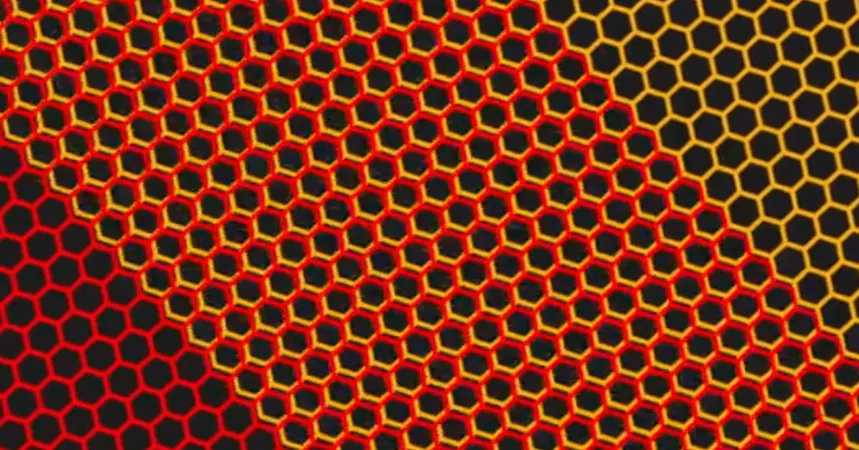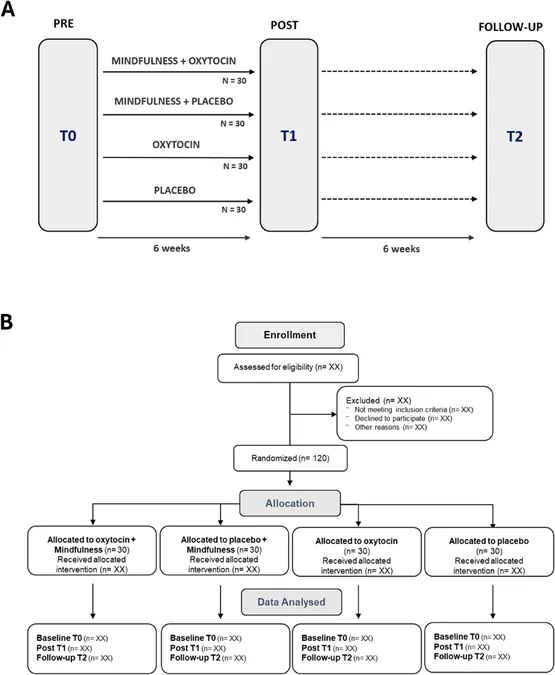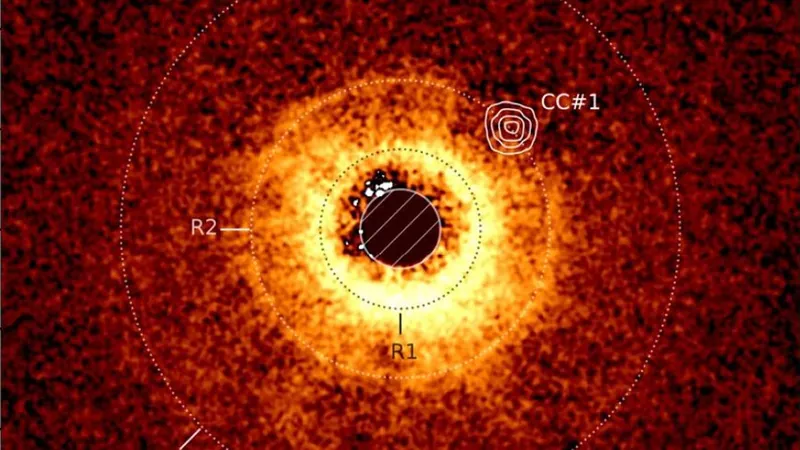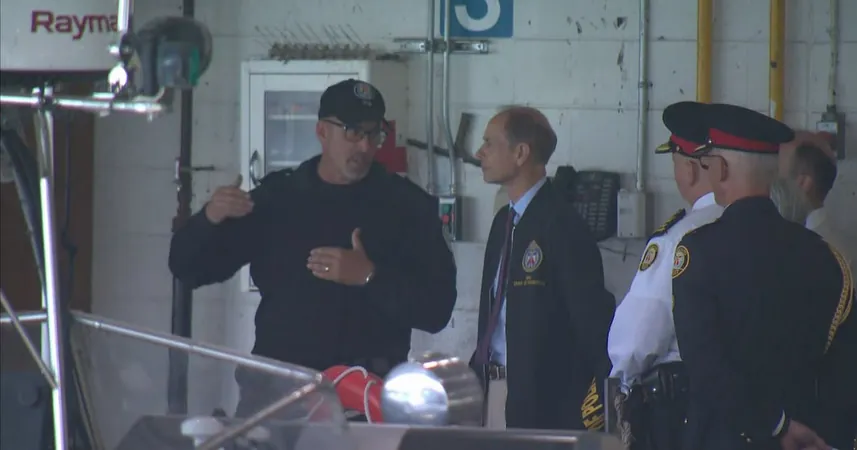
Revolutionary New Superconductors Discovered: Could This Change the Future of Technology?
2025-01-12
Author: Michael
In a groundbreaking 2024 revelation, researchers unveiled three new materials exhibiting superconductivity—the phenomenon that allows electrical current to flow without resistance. The discoveries challenge established theories and suggest that superconductivity may manifest in diverse and unexpected forms.
Superconductivity, first identified by Dutch scientist Heike Kamerlingh Onnes in 1911, has long fascinated physicists due to its mysterious nature. This effect occurs when pairs of electrons, known as Cooper pairs, form under specific conditions, allowing electricity to move without impediment. Understanding this phenomenon has revolutionary implications, potentially paving the way for advanced technologies such as lossless power grids and ultrafast maglev trains.
Ashvin Vishwanath, a Harvard physicist who commented on the discoveries, described one of the newly found superconductors as an “extremely unusual form of superconductivity that many said would be impossible.” This discovery not only deepens the superconductivity mystery but also stirs excitement about future possibilities in material science.
The recent findings stem from a remarkable evolution in materials science. The superconducting materials are derived from two-dimensional (2D) atomic structures, which can be modified with exceptional precision. Researchers can turn these materials 'on' or 'off'—switching them between different conductive states—much like toggling a light switch. This versatility represents a kind of modern alchemy that is energizing the search for new superconductors.
Historically, understanding superconductivity has involved complex theories and models. The original Bardeen-Cooper-Schrieffer (BCS) theory, which earned the Nobel Prize in Physics in 1972, explained superconductivity in traditional metals and their behaviors at low temperatures. Yet, the advent of high-temperature superconductors, particularly cuprates in the 1980s, revealed alternative mechanisms for electron pairing, complicating the narrative even further.
One revelation from recent research came in 2018 when physicist Pablo Jarillo-Herrero from MIT discovered that twisting layers of graphene at a precise angle—termed "magic angle" graphene—could turn these materials into superconductors. This discovery opened a floodgate of interest in other 2D materials and variations of graphene.
Recent experiments have further validated the promise of 2D materials. For instance, physicists at Columbia University previously hinted at superconductivity in transition metal dichalcogenides (TMDs) but could not confirm it. However, advancements in measuring electrical resistance allowed researchers to observe superconductivity in a newly designed device. The phenomenon was so unexpected that leading theorists found themselves adjusting their ideas about how superconductivity could emerge.
Meanwhile, Cornell University's Jie Shan and Kin Fai Mak demonstrated superconductivity in TMDs under seemingly unconventional conditions, establishing that there is potentially a plethora of pathways leading to this extraordinary state.
The excitement doesn't stop there. A recent summer study involving graphene produced a rare form of superconductivity that defies traditional classifications. Notably, researchers captured a state where resistance fluctuated while under the influence of a magnetic field, which usually stymies superconductivity.
As the science community races to make sense of these phenomena, they acknowledge that conventional theories don’t fully explain the behaviors being observed. "This is uncharted territory," remarked Vishwanath, underscoring how far the field must advance to grasp the intricacies of these new superconductors.
The ongoing research is expected to unveil more exotic properties and applications. Dynamic testing of 2D materials creates a unique opportunity for physicists to explore numerous configurations and ultimately predict pathways to achieve superconductivity.
As scientists continue to unlock the secrets of these superconductors, they dream of a future where these advanced materials could lead to an energy revolution. Imagine a world with ridiculously efficient power systems and transportation that glides on magnetic fields—potentially just on the horizon thanks to these groundbreaking discoveries.
Stay tuned, as the world of superconductivity blossoms into a vibrant and uncharted jungle of innovation!









 Brasil (PT)
Brasil (PT)
 Canada (EN)
Canada (EN)
 Chile (ES)
Chile (ES)
 Česko (CS)
Česko (CS)
 대한민국 (KO)
대한민국 (KO)
 España (ES)
España (ES)
 France (FR)
France (FR)
 Hong Kong (EN)
Hong Kong (EN)
 Italia (IT)
Italia (IT)
 日本 (JA)
日本 (JA)
 Magyarország (HU)
Magyarország (HU)
 Norge (NO)
Norge (NO)
 Polska (PL)
Polska (PL)
 Schweiz (DE)
Schweiz (DE)
 Singapore (EN)
Singapore (EN)
 Sverige (SV)
Sverige (SV)
 Suomi (FI)
Suomi (FI)
 Türkiye (TR)
Türkiye (TR)
 الإمارات العربية المتحدة (AR)
الإمارات العربية المتحدة (AR)